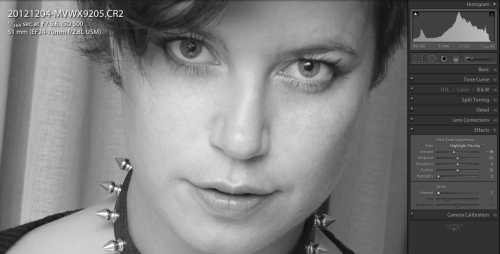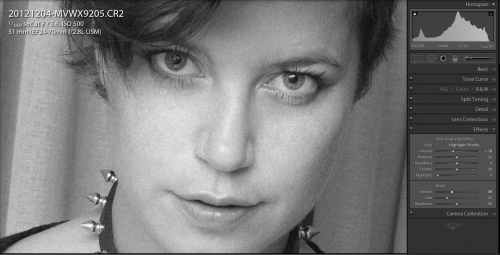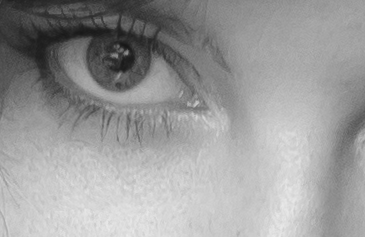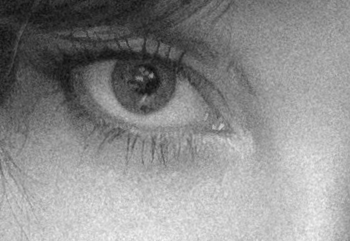Not the kind you eat.. the kind you look at. Grain. Or noise, as it is called in digital pictures. Bad! Grain must be avoided at all cost!
Perhaps not.
- First: there is a difference between the look of electronic “noise”, which results from the use of small sensors, high ISO values, or great exposure pushing in post-production, and film-type grain. This electronic kind of noise is ugly.
- Second: while electronic noise is ugly and must be avoided, not so for film grain; not necessarily. Film grain can be very attractive, as in 1960s photos shot on Kodak Tri-X film.
Which is why you can now add film grain in many apps. Like in Lightroom.
Here’s a detail of a picture. You need to click to see it at original size. This screen print shows the EFFECTS pane in the DEVELOP module:
Now the same, with some grain added (look at the slider on the bottom right):
Again, click all the way through to the “Full Size” link. You will see a difference somewhat like this:
I often add some grain to my black and white images, to give it that authentic film look. As an added bonus, this treatment also hides imperfections that can result from sharpening.
Don’t go crazy and add 100% grain to all your pictures – but used judiciously, this is a great addition to your arsenal of tools (if I can be forgiven for mixing metaphors).






